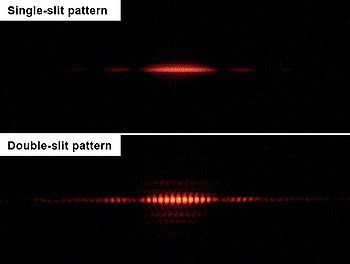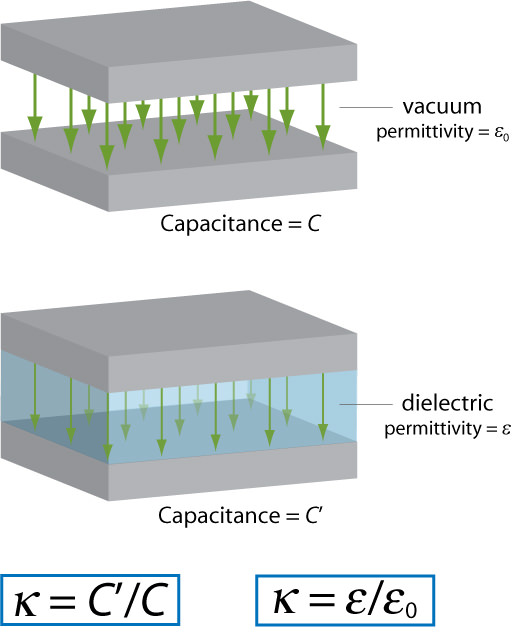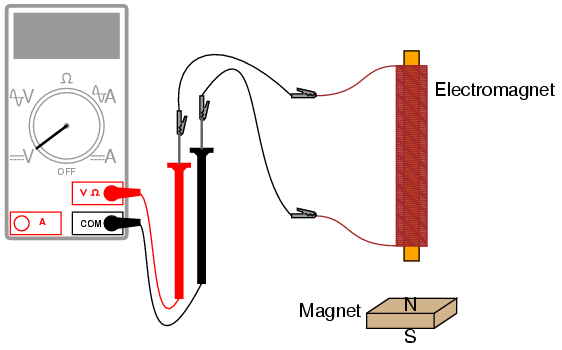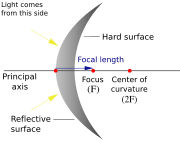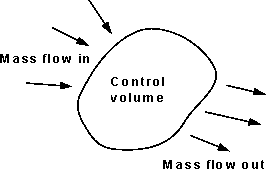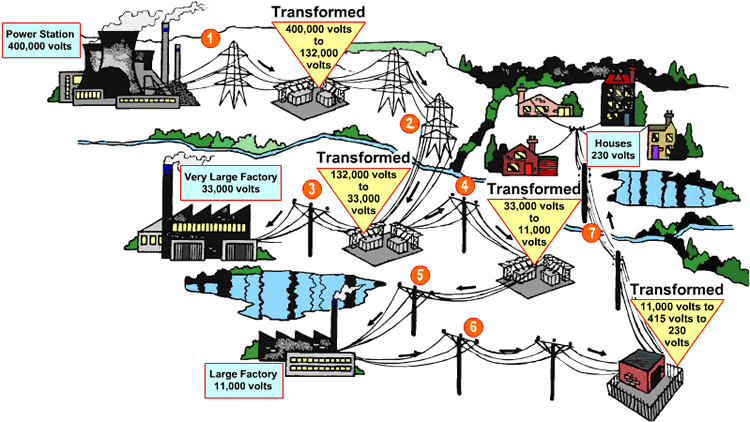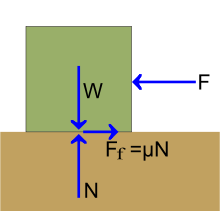[/caption]
An artificial satellite is a marvel of technology and engineering. The only thing comparable to the feat in technological terms is the scientific know-how that goes into placing, and keeping, one in orbit around the Earth. Just consider what scientists need to understand in order to make this happen: first, there’s gravity, then a comprehensive knowledge of physics, and of course the nature of orbits themselves. So really, the question of How Satellites Stay in Orbit, is a multidisciplinary one that involves a great of technical and academic knowledge.
First, to understand how a satellite orbits the Earth, it is important to understand what orbit entails. Johann Kepler was the first to accurately describe the mathematical shape of the orbits of planets. Whereas the orbits of planets about the Sun and the Moon about the Earth were thought to be perfectly circular, Kepler stumbled onto the concept of elliptical orbits. In order for an object to stay in orbit around the Earth, it must have enough speed to retrace its path. This is as true of a natural satellite as it is of an artificial one. From Kepler’s discovery, scientists were also able to infer that the closer a satellite is to an object, the stronger the force of attraction, hence it must travel faster in order to maintain orbit.
Next comes an understanding of gravity itself. All objects possess a gravitational field, but it is only in the case of particularly large objects (i.e. planets) that this force is felt. In Earth’s case, the gravitational pull is calculated to 9.8 m/s2. However, that is a specific case at the surface of the planet. When calculating objects in orbit about the Earth, the formula v=(GM/R)1/2 applies, where v is velocity of the satellite, G is the gravitational constant, M is the mass of the planet, and R is the distance from the center of the Earth. Relying on this formula, we are able to see that the velocity required for orbit is equal to the square root of the distance from the object to the center of the Earth times the acceleration due to gravity at that distance. So if we wanted to put a satellite in a circular orbit at 500 km above the surface (what scientists would call a Low Earth Orbit LEO), it would need a speed of ((6.67 x 10-11 * 6.0 x 1024)/(6900000))1/2 or 7615.77 m/s. The greater the altitude, the less velocity is needed to maintain the orbit.
So really, a satellites ability to maintain its orbit comes down to a balance between two factors: its velocity (or the speed at which it would travel in a straight line), and the gravitational pull between the satellite and the planet it orbits. The higher the orbit, the less velocity is required. The nearer the orbit, the faster it must move to ensure that it does not fall back to Earth.
We have written many articles about satellites for Universe Today. Here’s an article about artificial satellites, and here’s an article about geosynchronous orbit.
If you’d like more info on satellites, check out these articles:
Orbital Objects
List of satellites in geostationary orbit
We’ve also recorded an episode of Astronomy Cast about the space shuttle. Listen here, Episode 127: The US Space Shuttle.
Sources:
http://en.wikipedia.org/wiki/Satellite
http://science.howstuffworks.com/satellite6.htm
http://www.bu.edu/satellite/classroom/lesson05-2.html
http://library.thinkquest.org/C007258/Keep_Orbit.htm#


